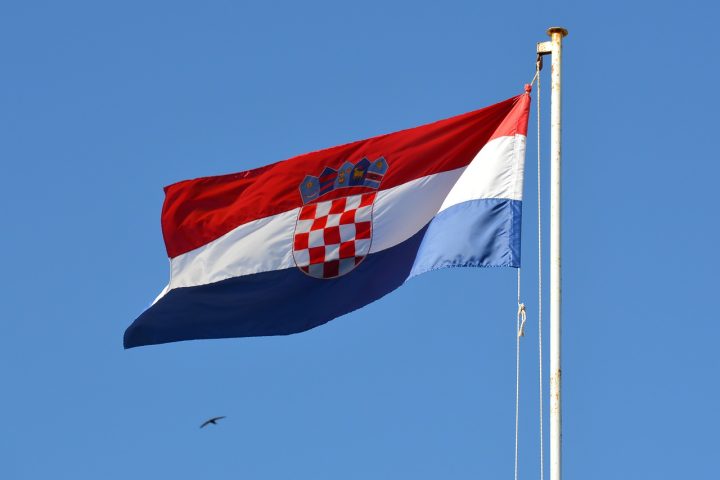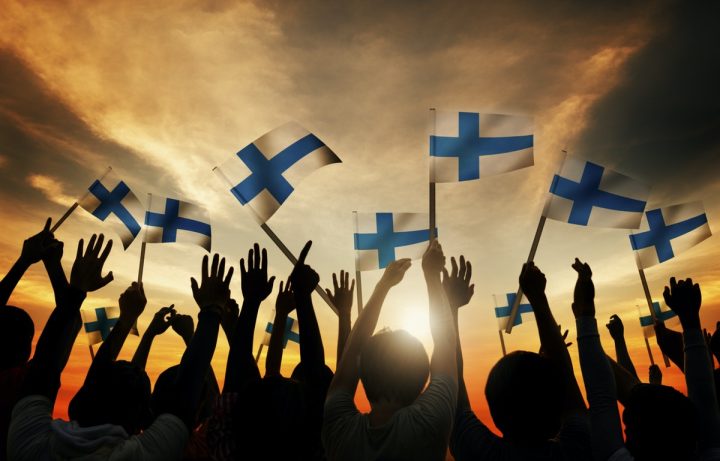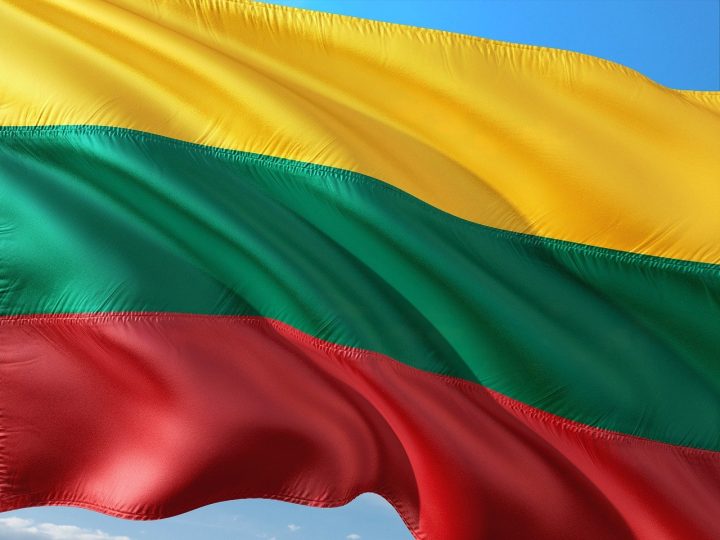The overview of influencer marketing in the EU
Written by
Kinga EdwardsPublished on
Explore the landscape of influencer marketing in the EU, highlighting key strategies, emerging trends, and how brands can effectively connect with audiences.

Influencer marketing in the EU has… grown up. What used to be side gigs and discount codes is now a serious part of how brands connect with people.
Campaigns are bigger, the money is flowing, and the rules are tighter. At the same time, audiences want real voices, not polished ads.
Europe makes it even more interesting. So many cultures, languages, and styles — no single formula works everywhere. That’s what makes it exciting, and also a little tricky.
This piece gives you the big picture: where influencer marketing stands today, what’s shaping it, and how brands can play it smart in 2025.
The state of influencer marketing today
Influencer marketing in the EU is mainstream. Not a side bet. In 2025, 80% of brands kept or grew their creator budgets, and 47% lifted spend by 11%+.
Most marketers now prefer micro and mid-tier creators (73%), and 92% already use AI in their workflows. Also, studies show nano and micro creators outperform on rates. For example, TikTok nano creators at ~10.3% and micro creators close behind in 2024. Brands are shifting from one-off celebrity blasts to clusters of niche partners across languages and regions.
Money follows results. The global market is set to hit $24B in 2025, up from $21.1B in 2024. Here, Europe holds a strong share, with reports placing the regional market in the double-digit billions and growing through 2026.
And regulation is part of the landscape now.
France enacted Law No. 2023-451 covering disclosures, edited/AI images, and penalties. Italy, on the other hand, advanced the Ferragni (DDL Beneficenza) rules after the “Pandorogate” scandal.
The influencer law is really needed, as, for example, in Spain, a review found 77.75% of checked posts failed disclosure rules.
Moreover, marketers still struggle with proof. Measurement is the No. 1 friction point. 32% of marketers cite creator performance measurement as the top roadblock. That’s driving tighter UTM discipline, platform analytics, and lift studies across markets.
What this means for you in 2025.
- Build country-level plans instead of one pan-EU brief. Regulations and culture differ.
- Weight budgets toward micro/mid creators for reach-to-cost gains. Use AI vetting to spot fake followers.
- Treat compliance as brand safety. Bake clear #ad/#sponsored and platform tools into contracts.
- Fix measurement early. Align KPIs to traffic, conversions, and ROI, not vanity counts.
Trends shaping influencer marketing in the EU for 2025
The first big shift is toward micro-influencers. Creators with 10,000 to 100,000 followers are proving to be more reliable than celebrity names. Their engagement rates are higher, their communities are tighter, and brands get better ROI when working with a handful of them instead of one big star.
Video content keeps climbing. TikTok, Instagram Reels, and YouTube Shorts are leading the pack, with forecasts showing that video will make up more than 80% of all internet traffic in 2025. That means brands need to think in clips, stories, and reviews rather than polished image campaigns. Audiences reward authenticity over studio production.
Behind the scenes, AI and analytics are taking control. Brands no longer pick influencers just by gut feeling. AI tools now help verify followers, forecast campaign performance, and highlight which creators are the safest fit for a market. This reduces wasted spend and brings influencer marketing closer to traditional performance channels.
Sustainability and responsibility are non-negotiable. European consumers expect influencers to reflect social and environmental values. Campaigns that show clear support for green initiatives or ethical practices are gaining trust, while tone-deaf collaborations can backfire quickly.
We can also see the tightening of regulations. The European Commission now treats influencers as traders, which means consumer protection laws apply. Countries like France, Italy, and Poland have introduced their own rules, with fines reaching up to 10% of annual revenue in Poland. This pushes both creators and brands to make transparency part of every deal.
Together, these trends show a more mature market, that wants to build honest connections, use smarter tools, and respect the cultural and legal realities.
Regulations and legal frameworks you need to know
Yes, we touched some of them earlier — but they deserve a spotlight of its own. Rules shape how campaigns are planned, signed, and launched. If you get them wrong, it’s not only influencers who risk fines — brands can face the same heat.
The biggest shift is that influencers are now classified as “traders” under EU law.
The European Commission’s Influencer Legal Hub formalized that influencers acting commercially are treated as “traders.” That means consumer-law duties apply. Now, influencers are like businesses, with all the consumer protection responsibilities that come with it. A gifted bag or a paid post both count as commercial activity, so disclosure is not optional.
That’s where mandatory tags and platform tools step in.
Posts need to clearly show if they’re sponsored, with simple labels like #advertisement or #sponsored. Instagram, TikTok, and YouTube all provide branded content features, and regulators expect creators to use them.
Privacy rules also matter.
Under GDPR, collecting or analyzing audience data for influencer campaigns requires explicit consent and careful handling. Brands need to double-check that tracking links, analytics tools, and audience profiling all align with data protection laws.
Then come the country-specific rules.
France’s Influence Law (2023) made headlines by banning hidden ads and introducing penalties for risky promotions. Italy’s Ferragni Law (2024) raised the bar after scandals involving undisclosed charity campaigns. And in Poland, non-compliance can now cost up to 10% of annual revenue — a number that gets every CFO’s attention.
The final point is that the liability is shared.
Brands can’t shrug off responsibility and leave it all to influencers. If a campaign breaks disclosure rules, both sides may be held accountable. That’s why contracts now include clear clauses on transparency, data use, and compliance. It protects everyone, and it keeps trust intact.
How brands and influencers collaborate successfully
A good case to learn from is L’Oréal’s Beauty Squad. Instead of relying on a single celebrity, L’Oréal built a team of beauty creators—bloggers, YouTubers, and Instagram influencers—who already had loyal audiences. They shared tutorials, reviews, and “get ready with me” videos that felt authentic, approachable, and trend-aware. The result was simple but powerful: more sales, rising YouTube viewership, and stronger loyalty to the brand.
What made it click?
First, diversity of voices. By featuring influencers from different backgrounds, L’Oréal reached a wider demographic and made more people feel represented.
Second, multi-platform sharing gave the campaign reach. Whether you preferred Instagram Reels, YouTube reviews, or blog tutorials, you could engage with the brand in your favorite space.
But what works better: long-term partnerships vs one-off posts?
Well, a single campaign can generate buzz, but building an ongoing relationship deepens trust. Audiences see consistency, and influencers can weave the brand into their lifestyle instead of making it look like a quick sponsorship. L’Oréal leaned toward long-term engagement with their Beauty Squad, which helped cement credibility.
So the lesson?
When brands choose the right creators, back them with solid agreements, and think beyond one post, collaboration becomes more than marketing—it becomes part of the audience’s daily routine.
Practical strategies for 2025 campaigns
Now we know that running influencer marketing in the EU today means balancing creativity, compliance, and smart use of data.
The good news? There are clear strategies that make campaigns shine in 2025.
Think local, act personal
Europe is diverse, and a single campaign template rarely works everywhere. What resonates in Spain might miss the mark in Germany. Brands that localize content (whether that’s language, humor, or cultural touchpoints) see higher engagement.
Working with regional micro-influencers is one of the easiest ways to get this right, since they already speak the audience’s language and understand local trends.
Go video-first

Short, native formats like TikTok clips, Instagram Reels, or YouTube Shorts are where people spend their attention. That doesn’t mean every piece needs a polished production. Tutorials filmed at home, quick product demos, or authentic “day-in-the-life” clips are performing better than scripted ads.
The rule is simple: let influencers create in their own style, because audiences value honesty over perfection.
Mix one-off buzz with long-term partnerships
Big splash campaigns, like hashtag challenges or limited-time collaborations – can generate instant reach. But pairing them with long-term relationships builds consistency. Audiences notice when an influencer mentions a brand once and then disappears. They also notice when it’s part of their routine over months.
Brands that secure year-long partnerships or repeat campaigns gain stronger loyalty and better ROI.
Keep contracts clear and disclosure easy
It’s tempting to see paperwork as boring, but contracts are where trust starts. Lay out expectations: what type of content will be created, where it will be posted, how disclosure will appear (#sponsored), and how results will be measured.
Include data responsibilities too. With transparency built in from the start, collaborations run smoother and safer.
Leverage AI and analytics smartly
Campaign planning is no longer a guessing game. AI tools can screen influencers for fake followers, map audience demographics, and even predict ROI. Using these insights upfront helps brands avoid wasted spend and match with creators whose communities actually reflect the target market.
Then, once campaigns go live, UTM parameters and platform analytics give the data you need to optimize on the fly.
Invite your audience in
User-generated content (UGC) is still one of the strongest tools. Encourage followers to post their own reviews, join challenges, or share experiences. A brand reposting fan-made videos or photos creates a sense of community, and it multiplies reach at little cost
The future of influencer marketing in the EU
Influencer marketing in the EU is heading into a more mature phase. The hype has settled, and what’s left is a space shaped by authenticity, stronger rules, and smarter tools.
Regulation will keep tightening, but at the same time, creativity is flourishing: Micro- and nano-influencers are building loyal communities, video formats dominate attention spans, and AI is powering better matches and measurement.
Looking ahead, the future is bright for brands that respect both the numbers and the nuance. How ready are you to adapt your campaigns to this new reality?
***


